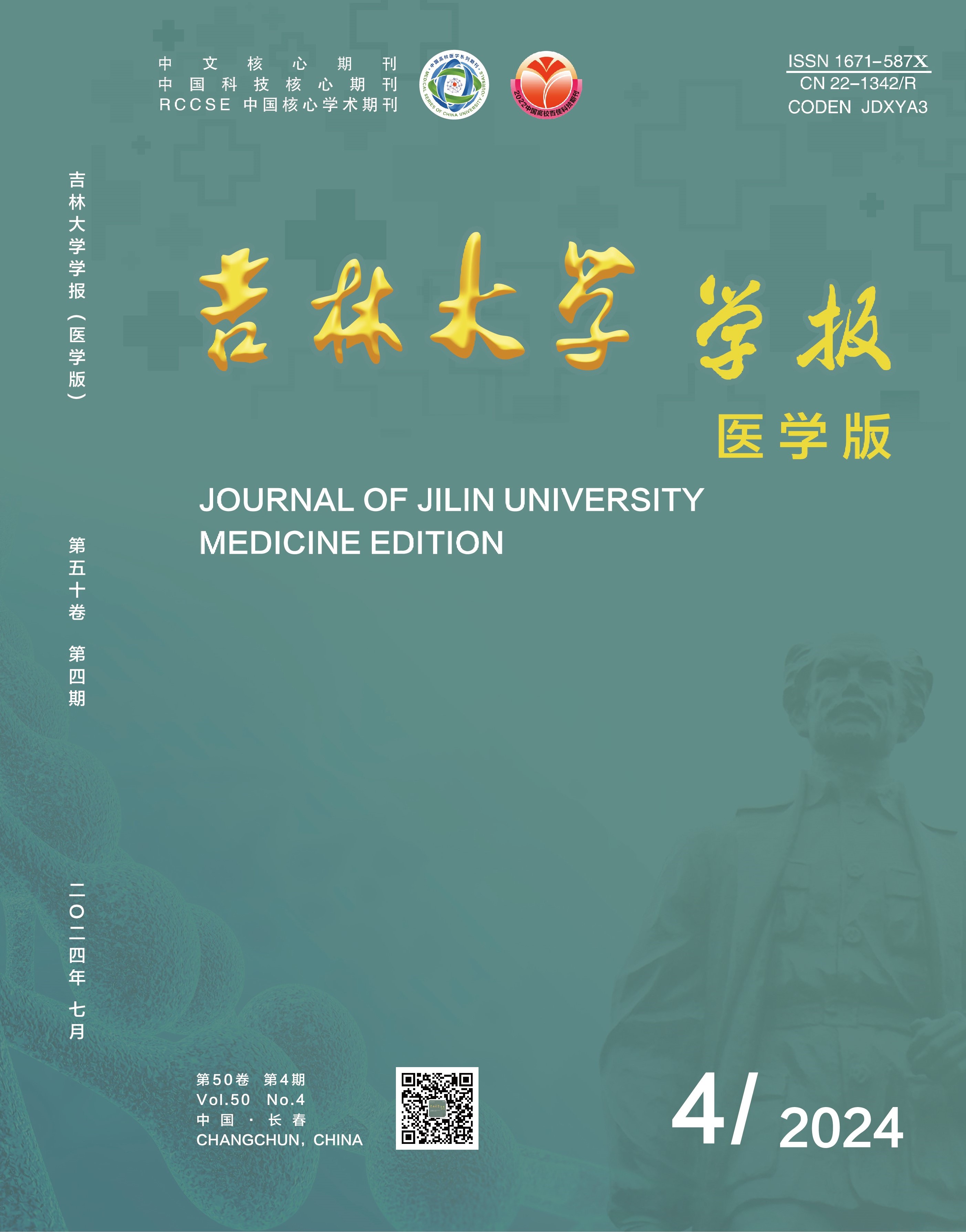Objective To investigate the protective effect of astragaloside Ⅳ(AS-Ⅳ) on the lipopolysaccharide(LPS)-induced oxidative injury of osteoblasts precursor cells MC3T3-E1, and to clarify its related mechanism. Methods The MC3T3-E1 cells in logarithmic growth phase were divided into control group, LPS group and different concentrations (10,25,50 and 100 mg·L-1) of AS-Ⅳ groups. CCK-8 method was used to detect the cell activities in various groups.The MC3T3-E1 cells in logarithmic growth phase were divided into control group, LPS group, AS-Ⅳ group, AS-Ⅳ+LY294002 [phosphatidylinositol-3-kinase(PI3K)/protein kinase B(Akt)signaling pathway inhibitor]group. Flow cytometry was used to detect the levels of reactive oxygen species (ROS) in the cells in various groups. The levels of malondialdehyde (MDA) and glutathione(GSH) and the activities of superoxide dismutase(SOD) in the cells in various groups were determined with the related kits. The expression levels of heme oxygenase (HO-1) mRNA in the cells in various groups were detected by real-time fluorescence quantitative PCR(RT-qPCR) method. Western blotting method was used to detect the expression levels of PI3K,phosphorylated Akt(p-Akt),and nuclear factor-E2 related factor 2(Nrf2),B-cell lymphoma-2 (Bcl-2), and Bcl-2 associated X protein(Bax) in the cells in various groups. Results The CCK-8 method results showed that compared with control group, the cell activity in LPS group was significantly decreased (P<0.01); compared with LPS group, the activities of cells in 50 and 100 mg·L-1 AS-Ⅳ groups were significantly increased (P<0.01). Compared with control group, the ROS and MDA levels in the cells in LPS group were significantly increased (P<0.01), while the SOD activity and GSH level were decreased (P<0.01); compared with LPS group, the ROS and MDA levels in the cells in AS-Ⅳ group were significantly decreased (P<0.01), the SOD activity and GSH level were significantly increased (P<0.01); compared with AS-Ⅳ group, the ROS and MDA levels in the cells in AS-Ⅳ+LY294002 group were significantly increased (P<0.01), the SOD activity and GSH level were significantly decreased (P<0.01). Compared with control group, the expression level of HO-1 mRNA and the expression levels of p-Akt, Nrf2, HO-1, and Bcl-2 proteins in the cells in LPS group were significantly decreased(P<0.01), while the expression level of Bax protein was significantly increased (P<0.01); compared with LPS group, the expression level of HO-1 mRNA and the expression levels of p-Akt, Nrf2, HO-1,and Bcl-2 proteins in the cells in AS-Ⅳ group were signicantly increased (P<0.01), while the expression level of Bax protein was significantly decreased (P<0.01);compared with AS-Ⅳ group, the expression level of HO-1 mRNA and the expression levels of p-Akt,Nrf2 HO-1 and Bcl-2 proteins in the cells in AS-Ⅳ+ LY294002 group were significantly decreased (P<0.01),and the expression level of Bax protein was significantly increased (P<0.01). Conclusion AS-Ⅳ can play protective effect on the LPS-induced osteoblast injury by mediating PI3K/Akt/Nrf2 signaling pathway.

 Table of Content
Table of Content
 Guide to Authors
Guide to Authors


